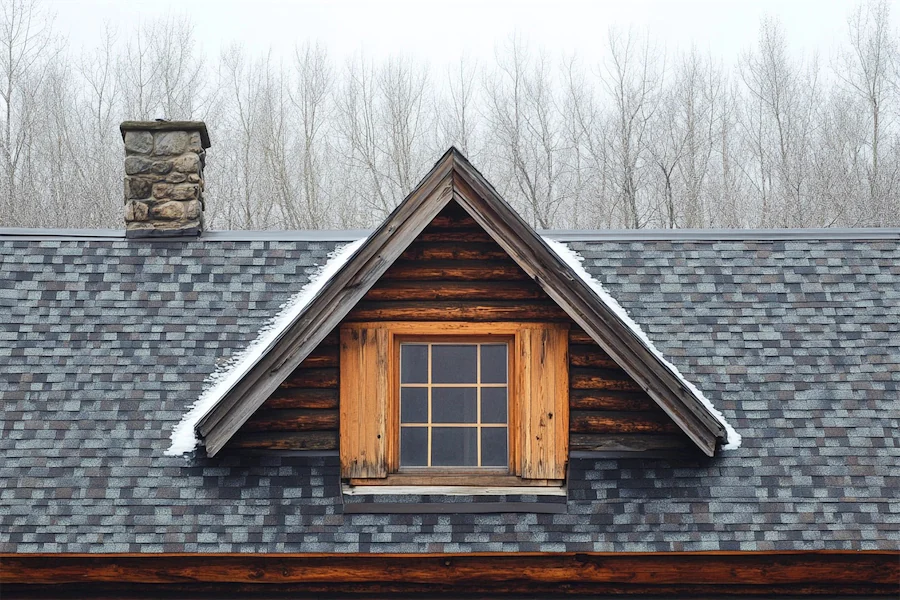Rustic cabins, cherished for their natural charm and cozy ambiance, often feature roof designs that blend seamlessly with their surroundings while providing durability and protection. Selecting the appropriate roof style and materials is crucial to achieving both aesthetic appeal and structural integrity.
Key Roof Styles for Rustic Cabins
- Gable Roofs: Characterized by two sloping sides that form a triangular shape, gable roofs are a classic choice for rustic cabins. This design efficiently sheds snow and rain, making it suitable for various climates. The steep pitch also allows for additional loft or attic space, enhancing the cabin’s functionality.
- A-Frame Roofs: Featuring steeply angled sides that extend to the ground, A-frame roofs are iconic in cabin architecture. This design is particularly advantageous in snowy regions, as the sharp pitch prevents snow accumulation. Additionally, the unique shape offers a spacious interior with high ceilings, contributing to an open and airy feel.
- Shed Roofs: Consisting of a single sloping plane, shed roofs provide a minimalist and modern aesthetic while maintaining a rustic appeal. This style allows for easy construction and effective water drainage, making it a practical option for cabin designs.
Material Options for Rustic Cabin Roofs
- Metal Roofing: Metal roofs, such as standing seam or corrugated panels, are popular for their durability and low maintenance. They offer a sleek appearance that complements the rustic aesthetic and are available in various colors to match the cabin’s design. Metal roofs are also fire-resistant and can withstand harsh weather conditions, making them a practical choice for cabins in remote areas.
- Wood Shingles and Shakes: For a traditional and authentic look, wood shingles or shakes made from cedar or other rot-resistant woods are ideal. They provide natural insulation and blend harmoniously with the surrounding environment. However, they require regular maintenance to prevent issues like mold, rot, or insect infestation.
- Reclaimed Materials: Utilizing reclaimed materials, such as barn wood, for roofing not only adds character and a sense of history to the cabin but also promotes sustainability by repurposing existing resources. This choice aligns with the rustic ethos of harmonizing with nature.
Considerations for Choosing a Rustic Cabin Roof
- Climate Adaptation: It’s essential to select a roof design and materials that suit the local climate. For instance, in areas with heavy snowfall, steeply pitched roofs like gable or A-frame are preferable to prevent snow buildup. Conversely, in regions with high rainfall, materials with excellent water resistance, such as metal roofing, are advisable.
- Maintenance Requirements: Different roofing materials have varying maintenance needs. Wood shingles may require periodic treatments to maintain their appearance and functionality, while metal roofs generally need less upkeep but should be inspected regularly for dents or corrosion.
- Aesthetic Harmony: The chosen roof should complement the overall design of the cabin and its natural surroundings. Earth-toned materials and textures that reflect the environment can enhance the rustic charm and create a cohesive look.
Conclusion
Selecting the right roof for a rustic cabin involves balancing aesthetic preferences with practical considerations such as climate suitability and maintenance. By understanding the various roof styles and materials available, homeowners can make informed decisions that ensure their cabins are both beautiful and resilient, providing a comfortable retreat that stands the test of time.
